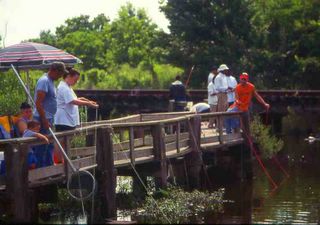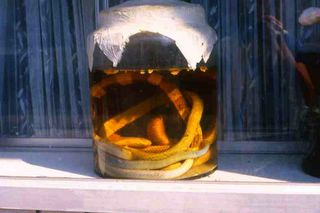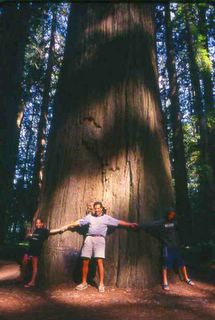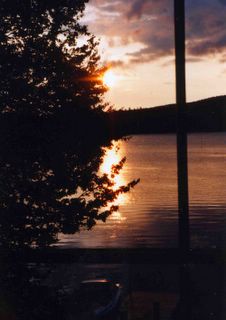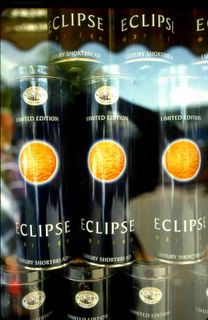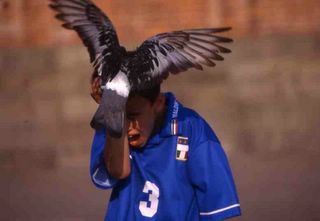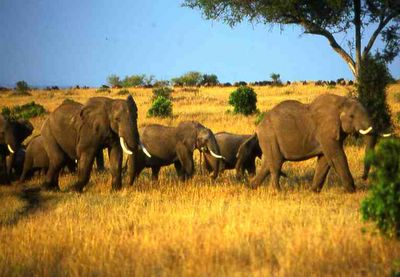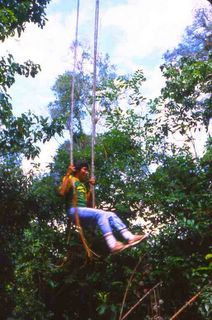
When the conquistadores first came to Argentina in 1516, they found little to conquer or exploit. The native Querandi refused to yield easily, and the arid land held some silver, but not enough to make the Spaniards really dig in. A lasting Spanish settlement was established at Buenos Aires in 1580, but it grew slowly, as the conquistadores and their royal patrons focused more on the riches of Peru, Ecuador and Bolivia, loading those lands’ riches into ships, subjugating and breeding with indigenous peoples, and erecting cities filled with ornate colonial architecture.
Not until the end of the 19th century, when 50 million people left Europe, did 5 million Europeans immigrate to Argentina and build the cattle industry on which the economy would come to be based. Buenos Aires, meatpacking central and major exporter of beef to Europe, was once called “Nuevo Chicago.” Its colorful Barrio La Boca (above), built hard by the port, was settled by Italian immigrants who worked in the area's warehouses and meatpacking plants.
Our young Buenos Aires guide, Gaston McKay (“It’s mc-HIGH, like in Scotland”), joked, “In Mexico, they descend from Aztecs. In Peru, they descend from Incas. In Argentina, we descend from ships.” During a long ride out to the pampas, Gaston poked fun at himself and his countrymen, revealing some of their habits and foibles:
“Other Latin Americans think Argentines are Arrogant, Frivolous and Insecure. Arrogant because we are proud of our European descent and are always Europe-looking. Frivolous because of our plastic surgery. Buenos Aires is a plastic surgery leader. And because of our feverish rush around October to get in shape for summer. Come October, everyone runs to the parks, and we might skip a meal – that’s our Ramadan. Insecure because we don’t know who we are. We need cafes so we can talk to others and tell them our problems. We’re all in therapy. There's a section of Buenos Aires that's full of therapists, so we call it 'Village Freud.' We’re the third largest market for Woody Allen films, after the US and France."
Passing Pilar, a gated community on the Pan-American Highway about 40 miles outside the capital, Gaston told us that “it used to be that people lived in the city and had a house in the country. Now, more people are living in the country and commuting into the city for work, especially people with kids. In summer, we are always looking for a pool, so if you have a friend who lives in one of these private communities with a pool, he is your best friend in the summer.”
And Argentines make friends over mate (MAH-tay), an herb that flavors coffee and tea. Everyone has a mate gourd with a metal sipping straw. “We take our mate gourds everywhere,” confirmed Gaston, “at the beach, at the office. Mate means not only tea, but companionship. It means something if you’re going to share your mate. If someone invites you to have a mate, it means they consider you a friend.”
"Argentines used to eat 100 kilos of beef per person per year. A whole cow. We're trying to get healthier, so now we eat only half a cow. We're trying to eat more fish and vegetables, but we miss our beef, our asado, barbecue. We reduce the cholesterol in the beef by drinking wine. Meat with wine is good for you. Meat with no wine is not so good."
Siga la vaca!

